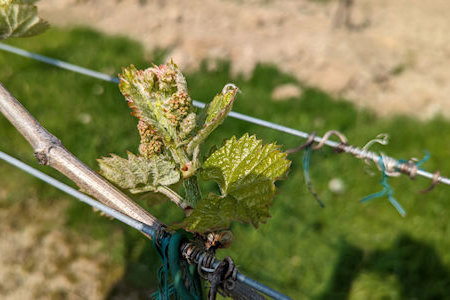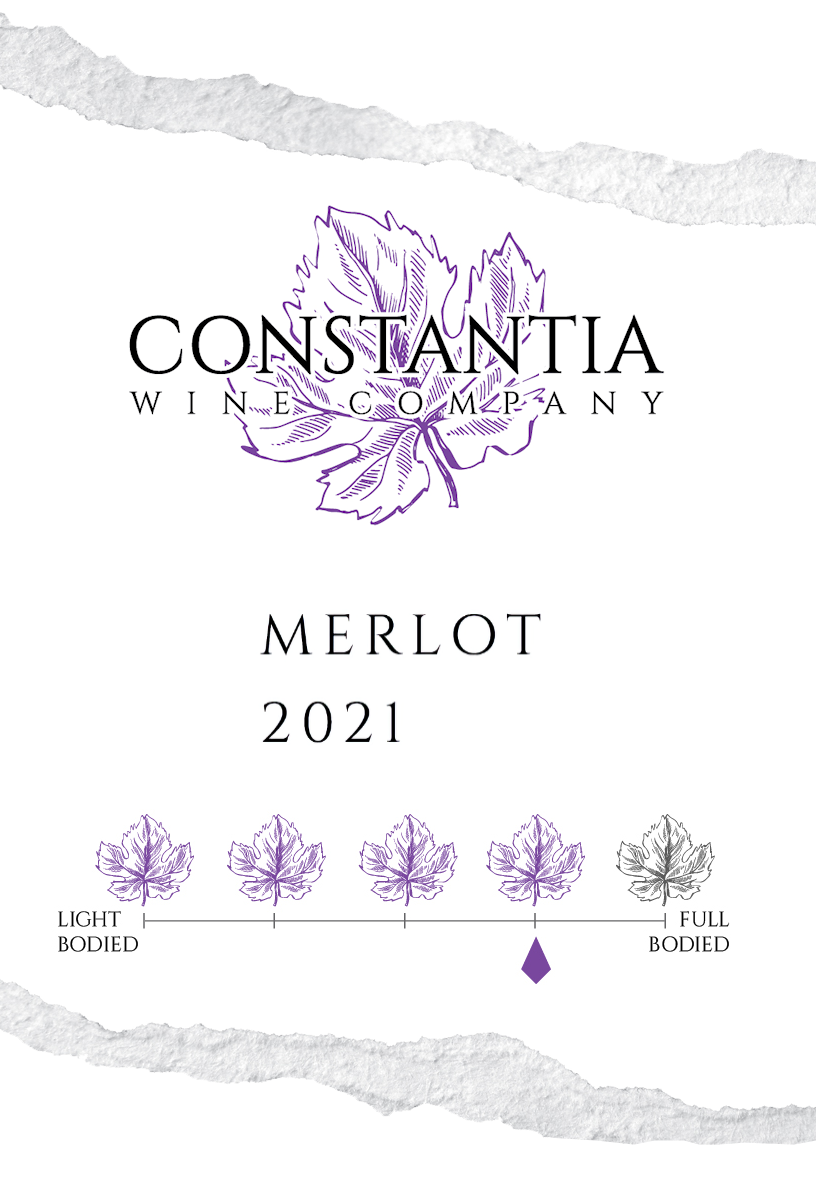What’s So Special About the Finger Lakes?
The Finger Lakes region of New York is a special place for many reasons, including its natural beauty, historical significance, and rich tradition of agriculture. The landscape in the region was carved by glaciers as they advanced and retreated millennia ago.
This glacial activity formed the deep lakes and created unique soil textures and profiles across the region, in many cases rich in limestone. It was observed long ago that the temperature moderating influence of the deep lakes and the micro-climates that they produce are conducive to agriculture, and more specifically, quality grape growing. It is the combination of all these elements that gives the Finger Lakes AVA its own unique terroir.
The region became known for producing quality grapes in the 19th century and as the viticulture industry matured, the next natural evolution was the production of grape juice and then ultimately, wine.
During the late 19th and early 20th centuries, the region suffered from the temperance movement and eventually prohibition. Beginning in the mid 20th century, innovative and curious pioneers in the wine industry recognized that the area’s cool climate and soils resembled those in certain famous wine growing regions in Europe.
So, a few began experimenting with V. Vinifera varieties, such as Riesling, that they thought would perform well in our cool climate. Over the next 60+ years, daring farmers, viticulturists, and wine makers have achieved unimaginable success cultivating high quality V. Vinifera grapes and crafting truly world-class wines in this special place.
Our goal is to increase the awareness of and elevate the reputation of the Finger Lakes wine industry by producing truly unique and elegant wines.
GLOSSARY
Terroir – A French term used to describe the complete set of environmental factors that define the ecosystem in which wine grapes are grown and give the resulting wine its own unique ‘sense of place’. Typically, elements such as soil, climate, light exposure, and topography that affect a wine’s flavor and aromas are often referenced.
Vitis Vinifera (or V. Vinifera) – Often referred to as Old World or European grapes and are believed to have originated in Asia Minor. There have been more than 5,000 named cultivars, however, only a few are of commercial significance for wine and table grape production. Arguably, V. Vinifera is widely considered to be the best type of grape for producing high quality wine.
Finger Lakes AVA including Cayuga Lake and Seneca Lake sub — AVAs, (Source: TTB)












